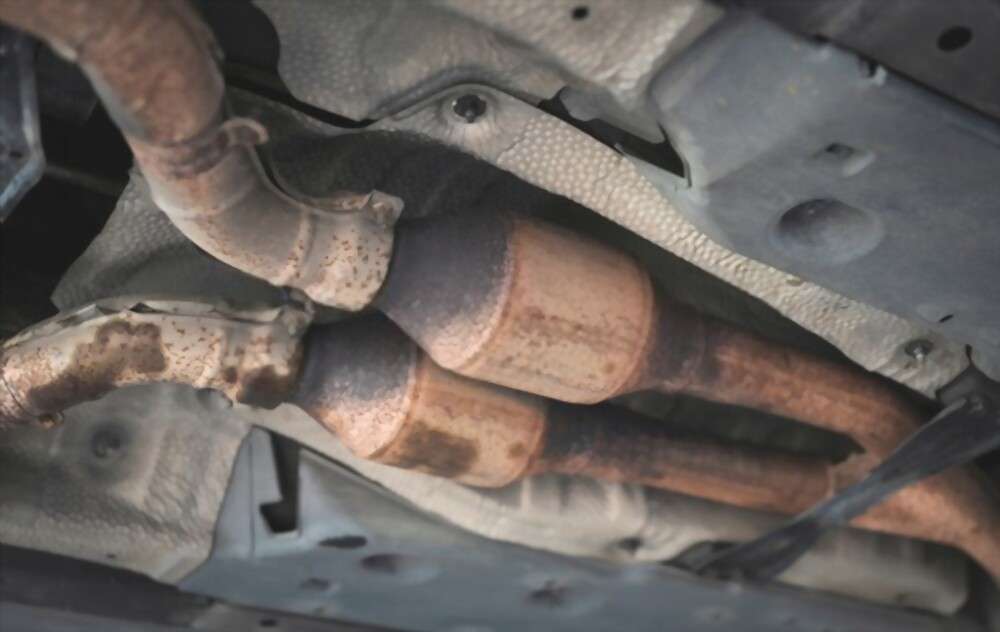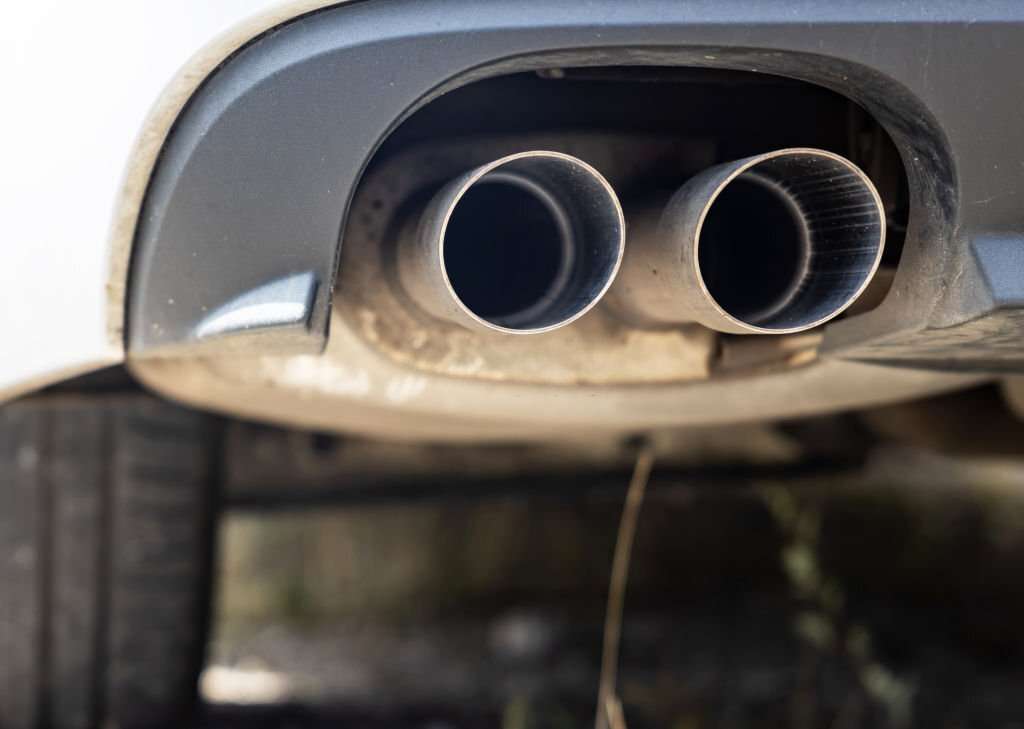The first thing that you need to know is that most vehicles have two exhaust systems, a “primary system” and an “auxiliary system”. Each of these systems is connected to the engine in a different way.
Usually, it’s the primary system that you’ll be concerned with as it’s the one that carries the most amount of heat and will ultimately cause problems. See this article for more information about why some cars have two exhaust systems?
Are they just for style purposes? And how can you go about saving money on automotive maintenance?
So, what exactly is the reason behind having a dual exhaust system? Thus we say, there are several reasons why you would want to have two exhaust systems on your vehicle. Let’s find out.
Jump to
Is it necessary for cars to have two exhaust systems?
The exhaust system removes the smoke from the engine through the muffler and out the back of the car. It is full of toxic gases like carbon dioxide and carbon monoxide.
The muffler reduces the noise from the engine so it doesn’t disturb the driver or passengers. Most cars come with a single exhaust system while some with a dual exhaust system.
Difference between Single and Dual exhaust
You will have one exhaust manifold on your vehicle with a single exhaust system. The pipes from each manifold join in a Y before reaching the catalytic converter and muffler. There will be one exhaust manifold on your four-cylinder vehicle. They are not expensive, are less complicated, and are the most common exhaust systems.
The vehicle will have two exhaust manifolds with a double exhaust system if it has a V-6 engine or larger. It is also possible to have an H pipe before the converters to assist with the reduction of back pressure and grow more horsepower. It sounds louder.
They make the vehicle more efficient and save on the cost of gas. Through this, the amount of air and fuel sucked into the engine can be increased.
How do dual exhaust systems help your car’s performance?
If your vehicle has 6 cylinders and a single exhaust, all the used air is trying to get out one pipe, one catalytic converter, and one muffler. This can cause back pressure, which reduces the power.
In double exhaust, there is a second pipe before the catalytic converter and muffler so the used air from the second pipe is mixed with the used air from the first pipe, thus reducing backpressure. That’s why, with a dual exhaust system, the engine has the ability to breathe better, so it will significantly increase power.
How does the double exhaust system work?
As with an engine in a car, it has four strokes:
1. Intake: Air and fuel are pulled into the engine.
2. Compression: To make the mixture more volatile, the piston comes up to compress the mixture.
3. Combustion: The spark plug fires and causes an explosion in the cylinder.
4. Exhaust: To allow a new wave to start, the left-over mixture must be expelled from the engine, into the exhaust manifold, and out of the exhaust system.
A dual exhaust engine works on the same principle as a single exhaust, but it uses a secondary exhaust manifold which is located behind the first manifold and is used to exhaust the gases.
The primary manifold exhausts the gases into the catalytic converter, and the secondary manifold exhausts the gases into the muffler. This process reduces the backpressure. So, a dual exhaust system is better as it increases the flow of exhaust and also works more efficiently.
What are some of the things that affect how a vehicle exhausts?

There are so many things that affect vehicle exhausts so we will cover the most common things that affect them. Some of the most common things that affect a vehicle’s exhaust are:
Fuel Quality
The fuels used in vehicles are a big contributor to vehicle exhaust emissions. When you use a fuel that has lower Sulphur levels, you help to reduce the amount of sulfur oxide in your vehicle’s exhaust so you can keep your vehicle’s exhaust emissions below the legal limit.
There is a lot more energy packed into a gallon of diesel fuel than gas, which makes it a more economical fuel. When you have high-quality fuel, you will get more power and better mileage from your vehicle.
Engine
The engine is the heart of the vehicle, the purpose of an engine is to convert the chemical energy of petrol into mechanical energy, it has a number of components that allow it to do this. The first is the combustion chamber, which has a piston attached to it.
If there is no engine, the vehicle is useless, it takes in air and fuel and gives out exhaust so it plays a great role in the vehicle. A good engine exhausts fewer pollutants and reduces noise.
Catalytic converter
A catalytic converter is an automotive pollution control device that converts toxic gases to less harmful ones. The main use of a catalytic converter is to reduce the number of pollutants that come from the exhaust of your car. So it affects the vehicle’s exhaust as well as the engine’s performance.
Air Restriction
If the air restriction is high, it is going to be harder for the engine to draw in the air and fuel mixture and make the right amount of pressure.
If the air restriction is low, it will be easier for the engine to draw in the air and fuel mixture and make the right amount of pressure. It can affect the engine’s performance and also the vehicle’s exhaust because the engine can’t get the right amount of air to perform correctly if the air restriction is high.
Conclusion!
In the end, we’ve discussed why cars have two exhaust systems. We’ve also looked at the pros and cons of having two exhaust systems and whether it’s better to have one or two. We hope you’ve learned a lot about this topic and are now better equipped to make a decision.

My name is Tom Harris, founder of this blog. I’m a mechanical engineer with 20 years of experience in the automotive industry. I’m here to help you with your vehicle’s problems, easy fixes and share my insights and experience so that you can enjoy your rides more.

